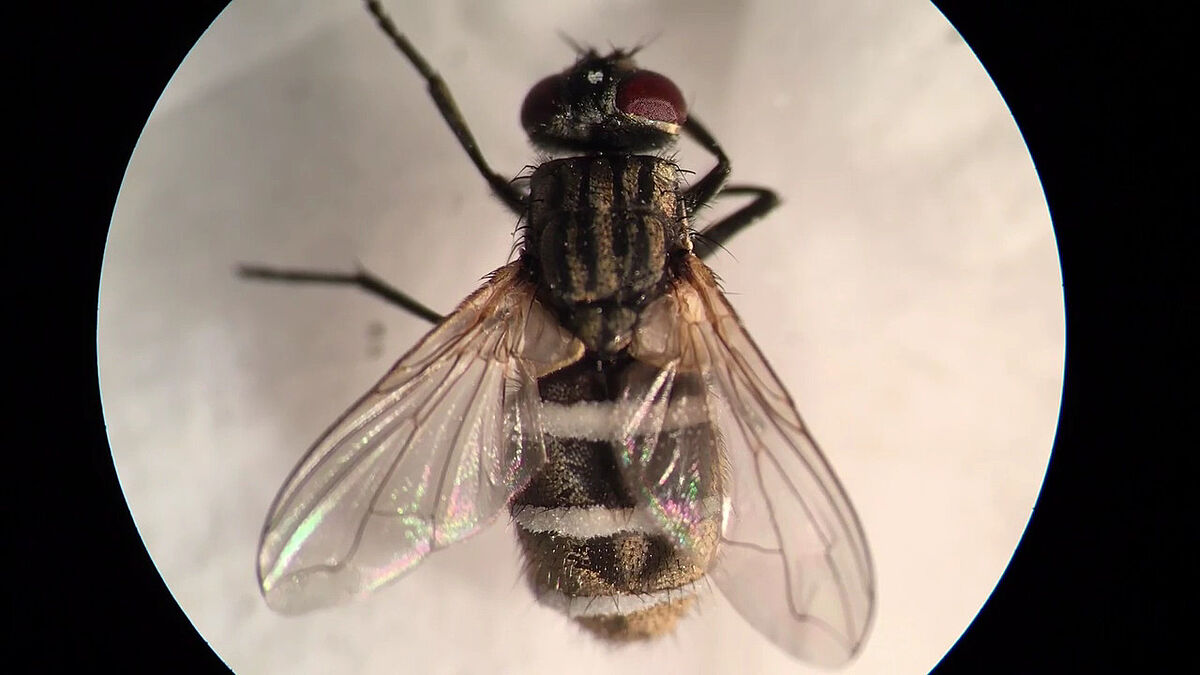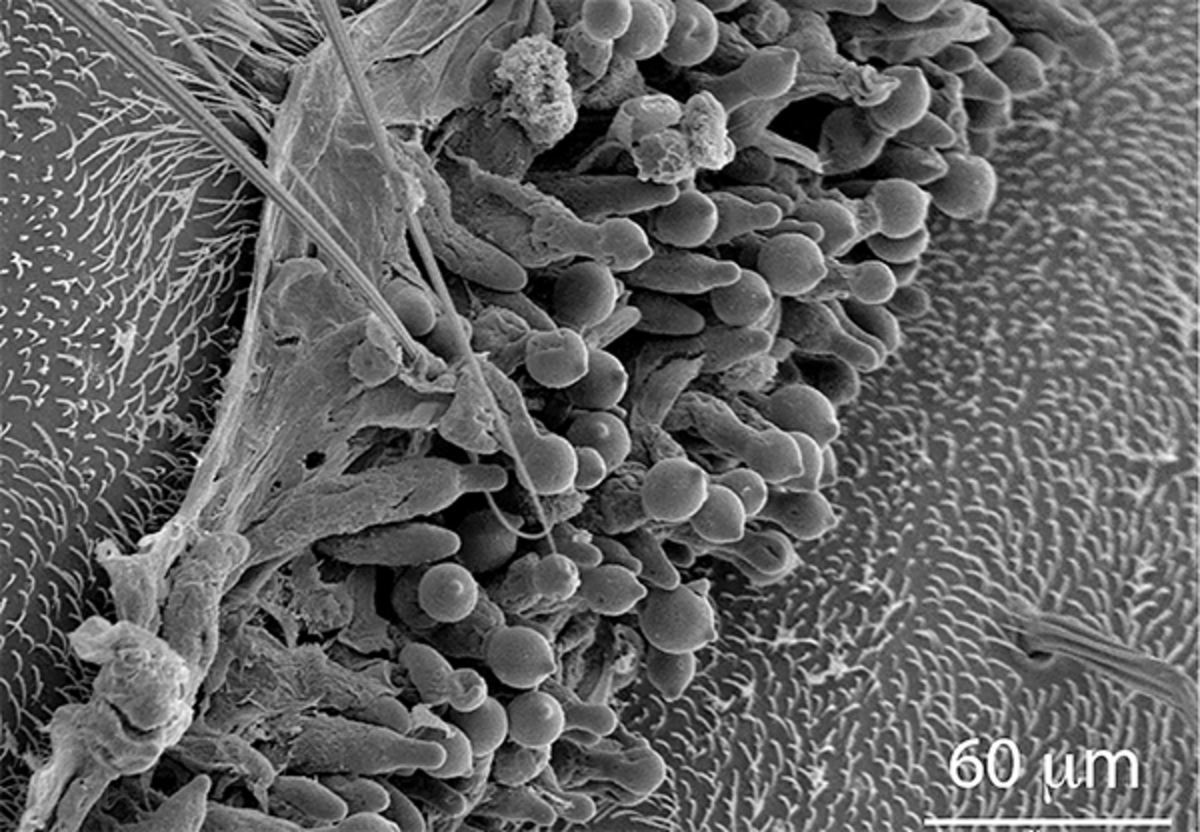The living dead may buzz among us
Infected by a fungus that takes over its body, the hapless house fly starts acting erratically in the moments before it dies, playing an unwitting role in spreading the fungus even further. Scientists call them zombie flies, and they are found across North America and Europe.
When house flies encounter Entomophthora muscae, the fungal cells release specific enzymes which allow it to slip inside the insect’s body. The fungus then starts growing and attacks the fly’s guts and finally penetrates its brain. By exerting a bit of mind control, the fungus forces the fly to seek an elevated perch and lift its wings in an unnatural position. This allows the fungus to grow from the insect’s back and abdomen, once the fly dies. The fungus grows quickly and starts launching spores to attack healthy flies that get too close to the dying insect. Within a few hours, it's all over and the fungus has spread to new carriers, repeating the deadly cycle.
In order to eject it's deadly payload the fungus has evolved stalks which resemble tiny cannons and which propel its spores away from the dead insect towards unsuspecting insects buzzing past. A key factor seems to be the size of the fungal projectiles - large enought to get propelled away at high velocity but small enough to avoid aerodynamic drag and travel further. Ideally, the spores are able to not just hit insects nearby but to become part of the ambient air and to reach surfaces and insects further out.
E. muscae spores may also inspire weapons against flies when needed. In fact, the researchers who led the study hope that they can one day build a trap that mimics the way the fungus works in order to catch or kill flies before they transmit disease-causing germs to other animals.
Read the full study in the Journal of the Royal Society


